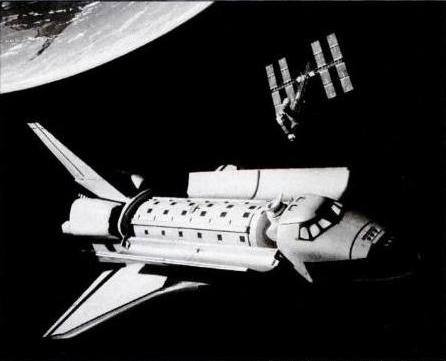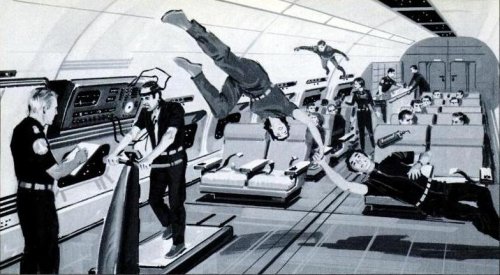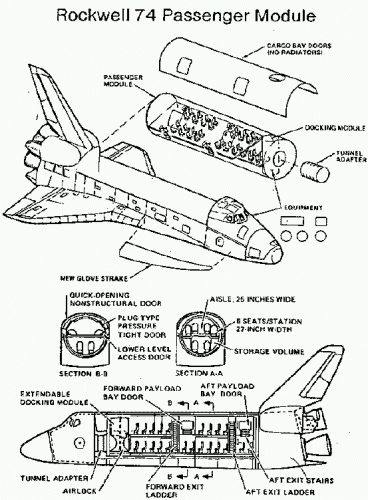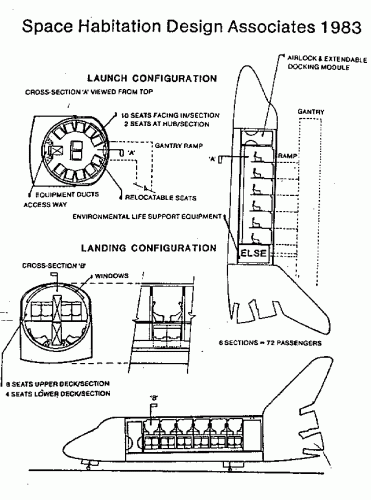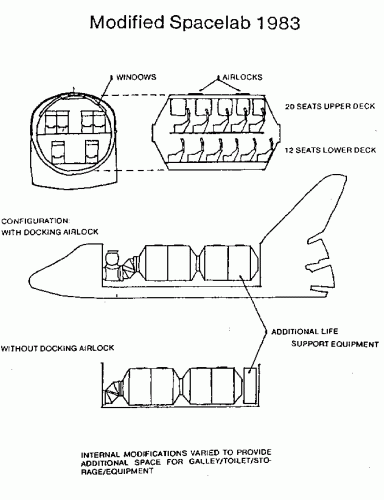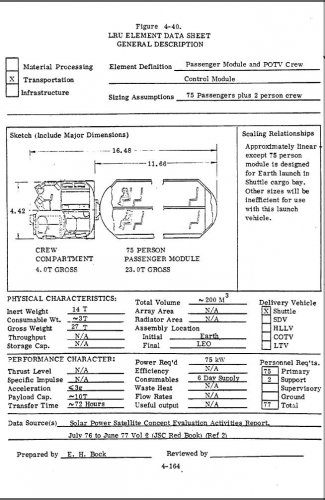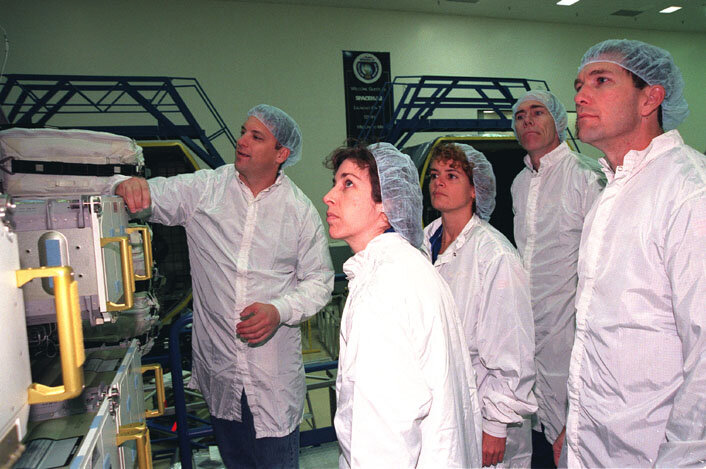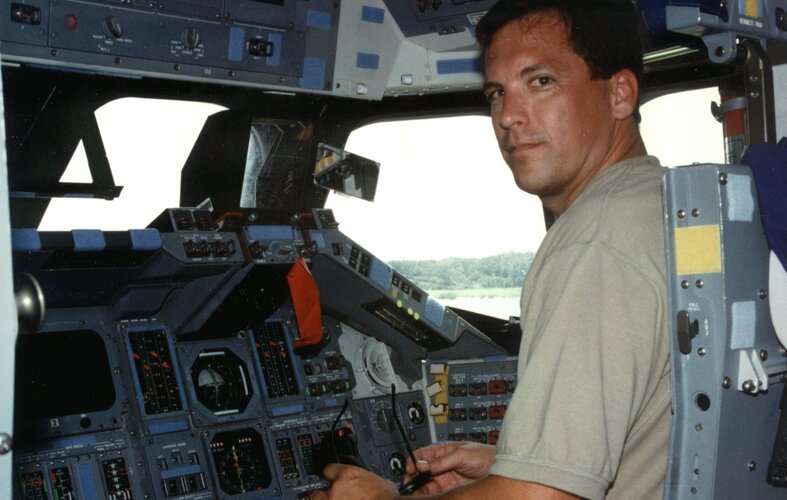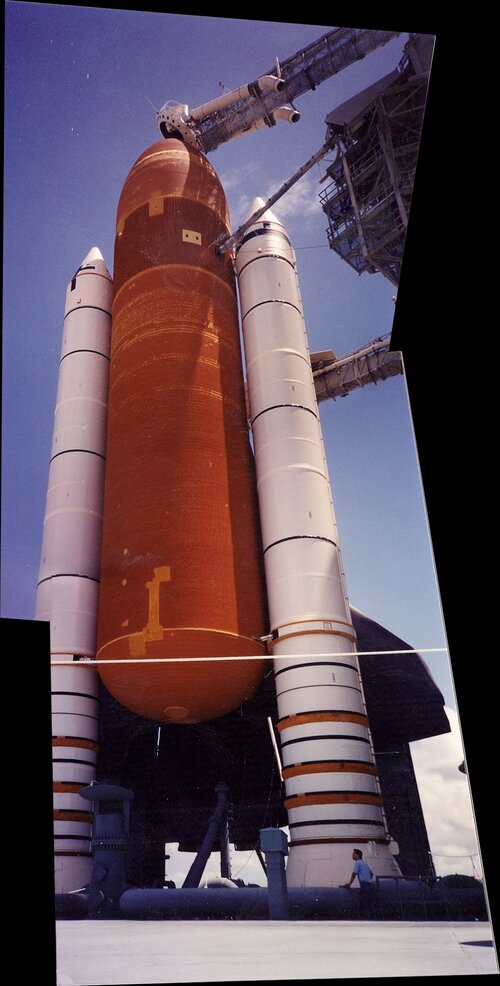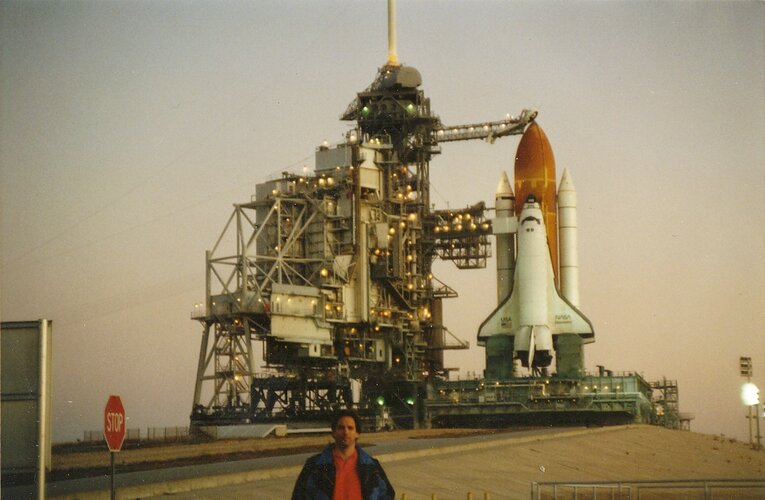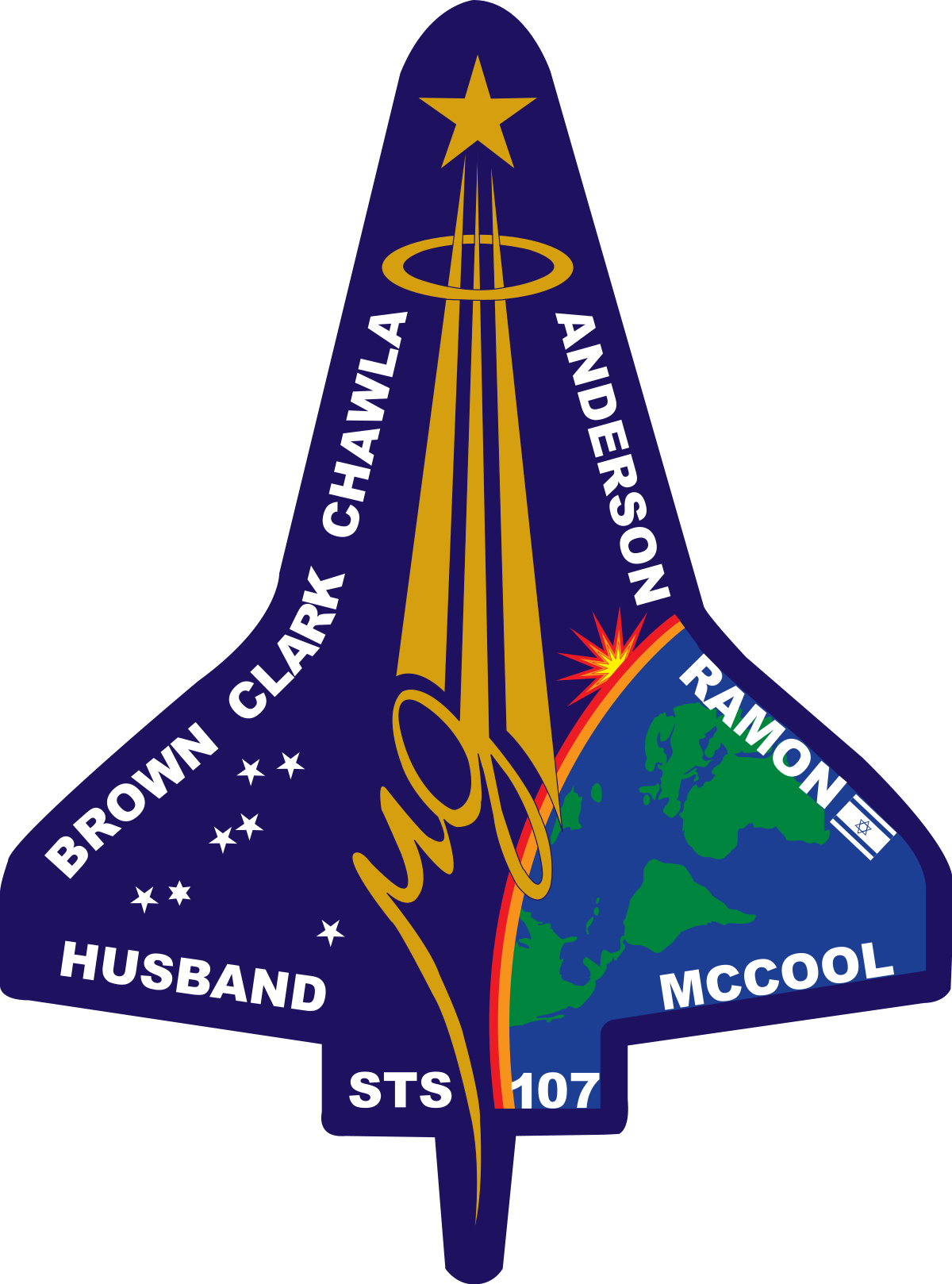FutureSpaceTourist
ACCESS: Top Secret
- Joined
- 10 March 2010
- Messages
- 590
- Reaction score
- 34
The space shuttle project thread, http://www.secretprojects.co.uk/forum/index.php/topic,1928.0, had a brief discussion of ideas to put passenger modules in the cargo bay. I thought it might be interesting to try and capture some more details in a separate thread.
I believe some concepts were originally created in the 1970s, eg I've seen the following reference cited: Steve Durst, 1979, "The Space Shuttle as a Passenger Vehicle", Preprint AAS 79-317. Others were from the early to mid 80s, eg the November 1985 Popular Mechanics article: 'Space Vacation 1995' (starts on p59) mentions proposals by Society Expeditions, McDonnell Douglas, Rockwell and Lockheed. A couple of illustrations from the article are attached.
Does anyone have any more details / art work of any of these concepts?
P.S. I'm aware none of them would have made sense commercially etc!
I believe some concepts were originally created in the 1970s, eg I've seen the following reference cited: Steve Durst, 1979, "The Space Shuttle as a Passenger Vehicle", Preprint AAS 79-317. Others were from the early to mid 80s, eg the November 1985 Popular Mechanics article: 'Space Vacation 1995' (starts on p59) mentions proposals by Society Expeditions, McDonnell Douglas, Rockwell and Lockheed. A couple of illustrations from the article are attached.
Does anyone have any more details / art work of any of these concepts?
P.S. I'm aware none of them would have made sense commercially etc!

